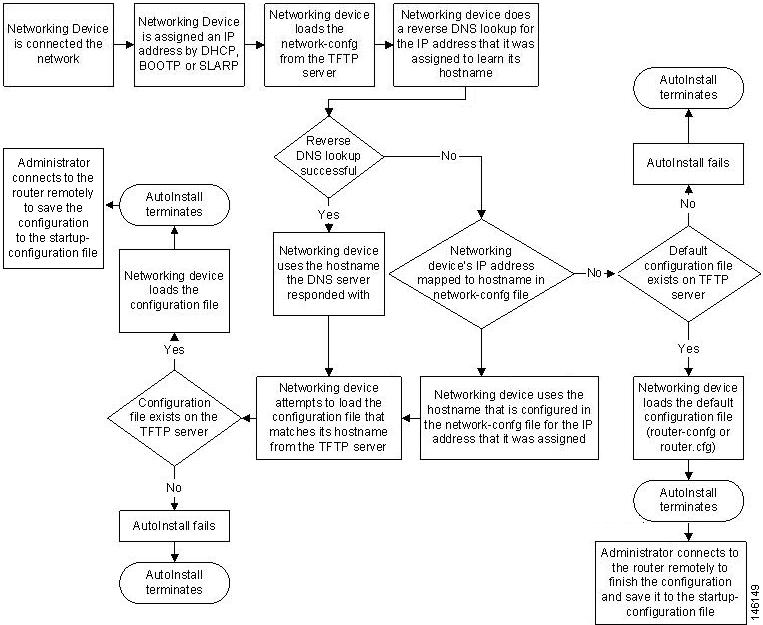https://supportforums.cisco.com/ja/document/100311
まず Cisco Router での IP Alias 機能とは、設定を行なった IP Address について
Router にて Ping 応答等を行なう機能となります。この IP Address は local の
network/subnet に属する必要があります。下記コマンドにて設定できます。ip alias
http://www.cisco.com/en/US/docs/ios/termserv/command/reference/tsv_a1.html#wp1027063NAT における Alias 作成は、Insiobal や Outside Local のように仮想的な Address に対して、Router 上に該当 Address と同一 IP subnet をもつ Interface がある状況に対応するためで、Alias の作成を行い、ARP に応答します。
なお no-alias option は default で disable のため、default では alias が作成されます。
No Entries in the ARP table
http://www.cisco.com/en/US/tech/tk648/tk361/technologies_tech_note09186a0080094c32.shtml#ar

最近のコメント